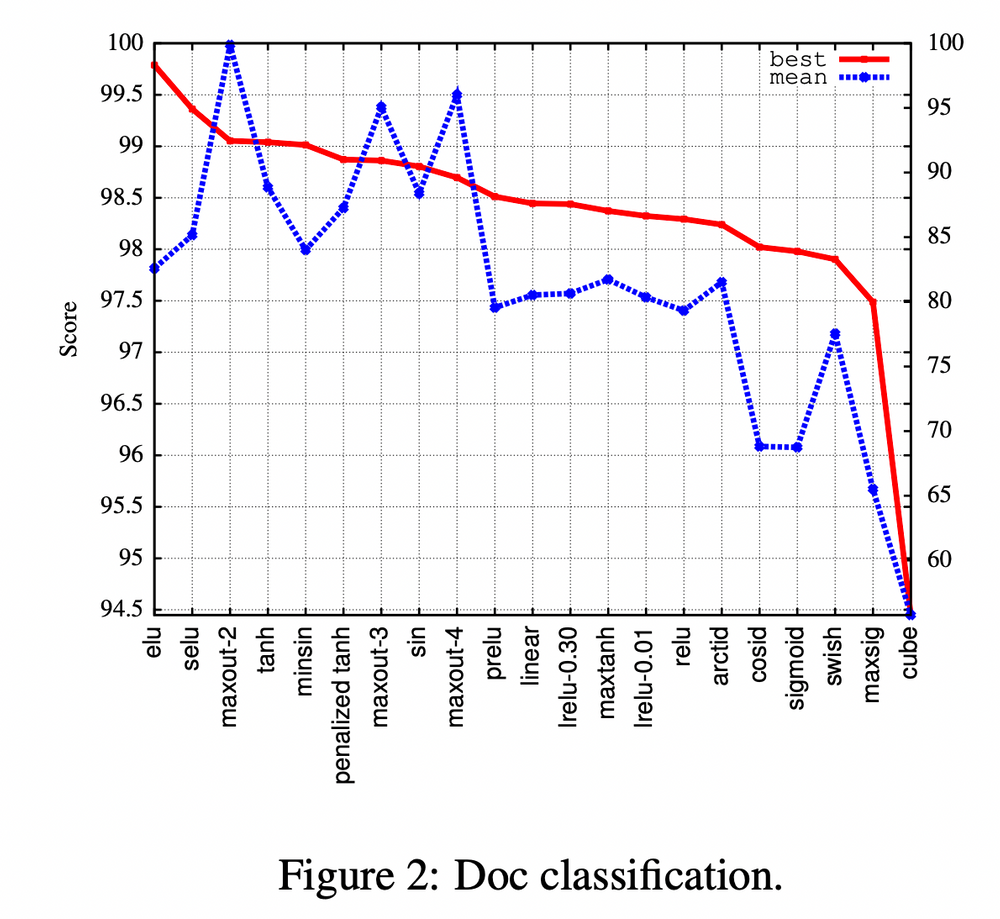
Every now and then, a new paper pops up claiming to have achieved some state-of-the-art results. It is quite hard to stay up-to-date, unless only within a narrow niche. The pace of scientific progress in the field of machine learning is unparalleled these days. Intel Optimized Tensorflow, Math Kernel, Keras, Scipy, Numpy and other machine learning libraries of python.Should you “swish” to these new inventions, or stay with the oldies but goldies? This project can be very helpful to conduct experiments and further tests on semantic segmentation, either on satellite imagery or biomedical image datasets. At a later date, few other technologies can be incorporated for more precise estimations. Discussed methodology has great potential to solve many deep learning challenges, especially in semantic segmentation. The CNN model without explicit supervision learns to identify complex features such as roads, urban areas and various terrains. Experiments are done with publicly available images provided by DSTL (Defence Science and Technology Laboratory) for object recognition and a comparison is drawn with some recent relevant techniques. Along with the CNN, for a precise localization, it is proposed use IHS transformed images with binary cross entropy loss minimization.

Methodology / ApproachĬonvolutional Neural Network (CNN) called U-HardNet with a new and novel activation function called the Hard-Swish is used for segmenting remotely sensed images. Future work can integrate this new and novel function in more complex models and produce new State-of-the-Art results for different datasets. Therefore, a CNN model without explicit supervision learns to identify complex features such as roads, urban areas and various terrains. The application of proposed activation function can easily be generalized to tasks like segmentation across different fields with better and accurate results. Intel Technologies Intel Opt ML/DL FrameworkĪ new approach with Convolutional Neural Network and a proposed activation function, Hard-Swish is presented for analyzing satellite imagery which will leverage recent deep learning techniques for accurate semantic segmentation, Hardswish outperformed traditional functions on a variety of problems. Experiments are done with publicly available images provided by DSTL (Defence Science and Technology Laboratory) for object recognition and a comparison is drawn with some recent relevant techniques.learn more Along with the CNN, for a precise localization, the project proposes to use IHS transformed images with binary cross entropy loss minimization.

The project proposes to use the Convolutional Neural Network (CNN) called U-HardNet with a new and novel activation function called the Hard-Swish for segmenting remotely sensed images. Semantic segmentation of a remotely sensed image in the spectral, spatial and temporal domain is an important preprocessing step where different classes of objects like crops, water bodies, roads, buildings are localized by a boundary. Remote sensing is a key strategy used to obtain information related to the Earth’s resources and its usage patterns.


 0 kommentar(er)
0 kommentar(er)
